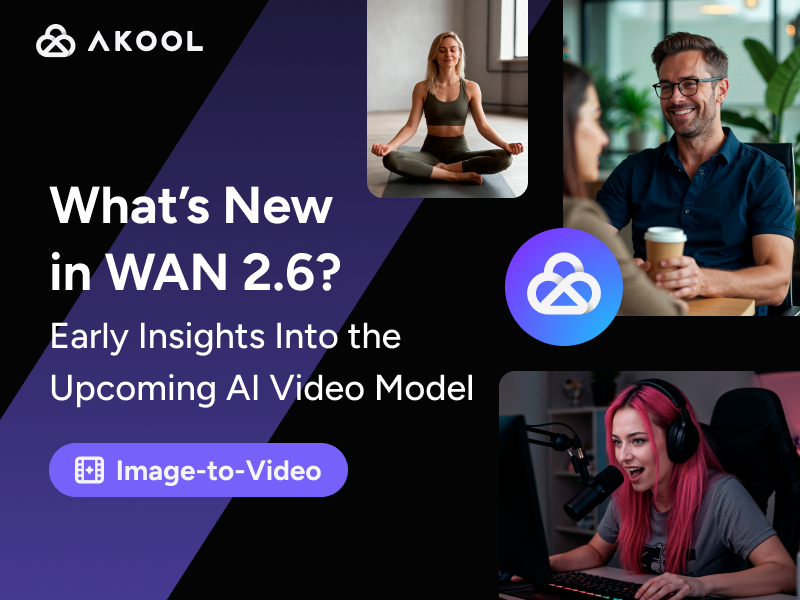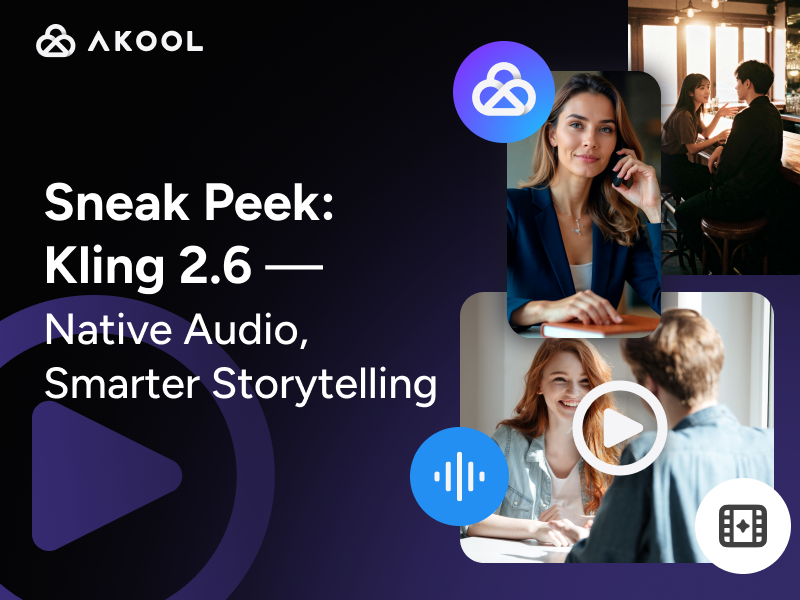AI for Better HR Decision-Making
AI for HR decision-making leverages algorithms to analyze vast datasets, improving recruitment, performance evaluations, and employee retention. By utilizing machine learning, AI can predict candidate success, streamline onboarding, and identify attrition risks. Key capabilities include data-driven insights and predictive analytics, replacing guesswork with evidence-based strategies. Notably, AI can reduce bias, ensuring fairer evaluations and decisions. Formulas like predictive modeling and sentiment analysis enhance HR outcomes, optimizing workforce management.
How to Use AI for Better HR Decision-Making
Implementing AI in HR can significantly enhance decision-making and efficiency. Here's a quick guide on how to harness AI for improved HR outcomes:
Define Objectives
- Identify Key Areas: Determine which HR functions could benefit most from AI, such as recruitment, employee engagement, or performance management.
- Set Goals: Clearly define what you aim to achieve, whether it's reducing hiring time, improving employee retention, or minimizing bias in evaluations.
Choose the Right Tools
- AI Software: Select AI for HR tools that cater to your specific HR needs. For instance, use AI Recruiting Tools for recruitment or sentiment analysis tools for employee feedback.
- Integration: Ensure that your chosen AI tools can seamlessly integrate with existing HR systems to streamline processes.
Analyze Data
- Data Collection: Gather relevant HR data, including employee performance metrics, feedback surveys, and turnover rates.
- Machine Learning Models: Apply models like Predictive HR Analytics to forecast trends and sentiment analysis to interpret employee sentiment.
Implement and Monitor
- Pilot Programs: Start with small-scale pilots to test AI applications and gather initial insights.
- Continuous Monitoring: Regularly review AI outputs and adjust algorithms to align with evolving HR needs.
Measure Success
- KPIs: Establish key performance indicators to measure the effectiveness of AI interventions, such as time-to-hire, employee satisfaction scores, or attrition rates.
- Feedback Loop: Use insights gained from AI to make informed HR decisions and continuously improve processes.
By following these steps, creative agencies and creators can effectively utilize AI to enhance HR decision-making, leading to more strategic and data-driven workforce management.
Applications of AI for Better HR Decision-Making
AI is revolutionizing HR by streamlining processes and enhancing decision-making. Here are some popular applications:
- Talent Acquisition: AI tools can screen resumes and rank candidates based on job requirements, reducing bias and time spent on initial screenings. Learn more about AI Resume Screening.
- Employee Engagement: Sentiment analysis tools monitor employee feedback and suggest interventions to improve workplace morale through AI for Employee Engagement.
- Performance Management: AI-driven analytics provide insights into employee productivity, enabling personalized development plans.
- Predictive Analytics: Predict turnover rates and identify at-risk employees, allowing HR to proactively address retention issues.
- Training and Development: AI recommends personalized learning paths based on employee skills and career goals.
These applications help creative agencies and creators optimize their HR processes, leading to more informed and effective decision-making.
Technical Insights: AI for Enhanced HR Decision-Making
AI leverages machine learning algorithms to process and analyze large datasets, optimizing HR operations.
| Machine Learning Models | Description |
|---|---|
| Predictive Modeling | Forecasts candidate success and employee attrition using historical data patterns. |
| Sentiment Analysis | Assesses employee feedback to gauge workplace morale. |
| Data-Driven Insights | Description |
|---|---|
| Algorithmic Screening | Evaluates resumes against job criteria, refining candidate selection. |
| Performance Analytics | Analyzes productivity data, enabling tailored development strategies. |
Bias Reduction
- Fair Evaluations: Utilizes unbiased algorithms to ensure equitable hiring and promotion decisions.
Predictive Analytics
- Turnover Prediction: Identifies potential attrition risks, facilitating proactive retention measures.
AI's sophisticated analytics capabilities transform HR decision-making from intuition-based to evidence-backed, enhancing workforce management efficiency.
Statistics on AI for Better HR Decision-Making
The implementation of Artificial Intelligence (AI) in Human Resources (HR) is increasingly revolutionizing how organizations make decisions. Here are some significant statistics that highlight the impact of AI on HR decision-making:
- Adoption Rate:
- According to a 2023 report by Deloitte, 42% of organizations have adopted AI technologies to enhance their HR decision-making processes.
Why it’s useful: This statistic underscores the growing trust and reliance on AI tools to streamline HR functions, suggesting a trend that creative agencies and developers should consider leveraging in their own operations.
Efficiency Improvement:
- A study by McKinsey in 2022 found that organizations using AI in their HR processes reported a 30% increase in decision-making efficiency.
Why it’s useful: Efficiency improvements mean less time spent on repetitive tasks, freeing up HR professionals to focus on strategic initiatives. For creators and developers, this translates to more agile and responsive team dynamics.
Employee Retention:
- Research by PwC (2023) indicates that companies using AI-driven analytics in HR experienced a 25% improvement in employee retention rates.
Why it’s useful: Better retention rates can significantly reduce the costs associated with hiring and training new employees, which is critical for maintaining stable and consistent creative teams.
Bias Reduction:
- A 2023 study by the Society for Human Resource Management (SHRM) revealed that AI tools reduced bias in recruitment by approximately 40%.
Why it’s useful: Reducing bias can lead to more diverse and inclusive workplaces, enhancing creativity and innovation—a vital component for any creative agency or development team.
Cost Savings:
- According to a 2023 report from Gartner, companies implementing AI in HR have seen a 15% reduction in overall HR operational costs.
- Why it’s useful: Cost savings allow organizations to reallocate resources towards more impactful projects, providing developers and creative teams with more funding for innovative solutions.
These statistics collectively illustrate how AI is not just a futuristic concept but a practical tool that is transforming HR decision-making today. For creators, developers, and creative agencies, understanding and leveraging AI can lead to more informed, effective, and equitable HR practices.
Frequently Asked Questions About AI for Better HR Decision-Making
What is AI for HR decision-making?
AI for HR decision-making refers to the use of artificial intelligence technologies to enhance and streamline human resources processes, enabling more informed and data-driven decisions in areas such as recruitment, performance management, and employee retention.
How can AI improve recruitment processes?
AI can improve recruitment processes by automating candidate screening, analyzing resumes for key skills, and using predictive analytics to identify the best candidates for a role, thereby reducing time-to-hire and improving the quality of hires.
What role does AI play in employee performance management?
In employee performance management, AI can analyze performance data to provide insights into employee productivity, identify high performers, and suggest personalized development plans, thus aiding in more objective and effective performance evaluations.
Can AI help with employee retention strategies?
Yes, AI can help with employee retention by predicting turnover risks and identifying factors contributing to employee dissatisfaction, allowing HR teams to proactively address issues and implement strategies to improve employee engagement and retention.
How does AI ensure unbiased HR decision-making?
AI can help ensure unbiased HR decision-making by providing data-driven insights that are free from human biases, although it is crucial to ensure that the AI systems themselves are trained on diverse and representative data sets to avoid perpetuating existing biases.
What are the benefits of using AI in HR analytics?
The benefits of using AI in HR analytics include enhanced data analysis capabilities, more accurate forecasting of HR trends, improved strategic planning, and the ability to derive actionable insights from complex data sets, ultimately leading to better HR outcomes.
Is AI in HR decision-making secure and compliant with data privacy regulations?
AI systems used in HR decision-making are designed to be secure and comply with data privacy regulations such as GDPR. It is essential for organizations to choose AI tools that prioritize data security and privacy to protect sensitive employee information.
How can small businesses benefit from AI in HR?
Small businesses can benefit from AI in HR by automating routine tasks, gaining access to advanced analytics that were previously only available to larger companies, and making more strategic HR decisions without the need for a large HR team, thus optimizing resources and improving efficiency.




